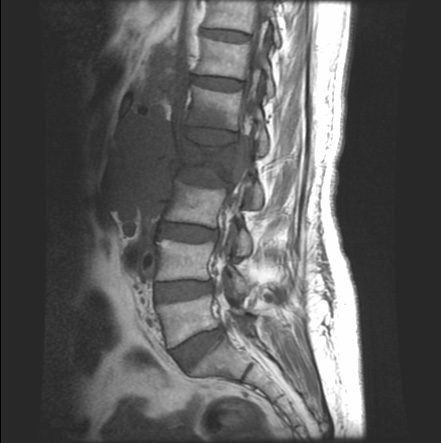


Epithelioid angiosarcoma is a rare and highly aggressive endothelial cell malignant tumor with a high mortality rate. Although they often arise in sun-exposed skin (60% of the cases) and deep soft tissues such as the head and neck, they have been reported in other sites such as the breast, thyroid, kidney, bone, adrenal gland, vagina, testis, liver, and spleen . Angiosarcoma is a tumor with a high rate of recurrence and metastasis.
Radiographically, the findings of EHE are not specific; it can appear as an osteolytic lesion, and smaller lesions are usually well-defined, and larger lesions are ill-defined and permeative. The soap bubble appearance with expansion of bone has been described. It can present as solitary lesion in 60% of the cases or multifocal disease in 40% of the cases.
MRI findings of EHE are nonspecific, they include decrease in signal intensity on T1-weighted images, and isointense to slightly increase in signal intensity on T2-weighted images .
the differential diagnosis would include: metastatic disease, lymphoma, and myeloma. In young patients with multifocal disease the differential diagnosis includes brown tumor, Langerhans cell histiocytosis, and fibrous dysplasia. The differential diagnosis for solitary lesions includes fibrous dysplasia or sarcomas such as Ewing’s sarcoma, osteosarcoma, and fibrosarcoma .
Reference:
https://doi.org/10.1016/j.jocn.2009.03.049
10.21037/jss.2017.05.05